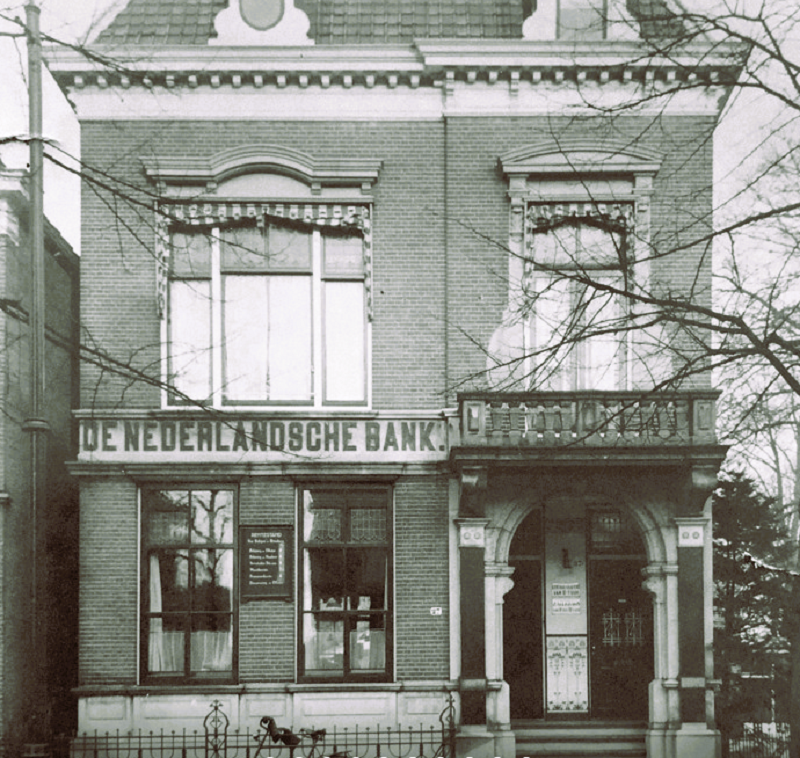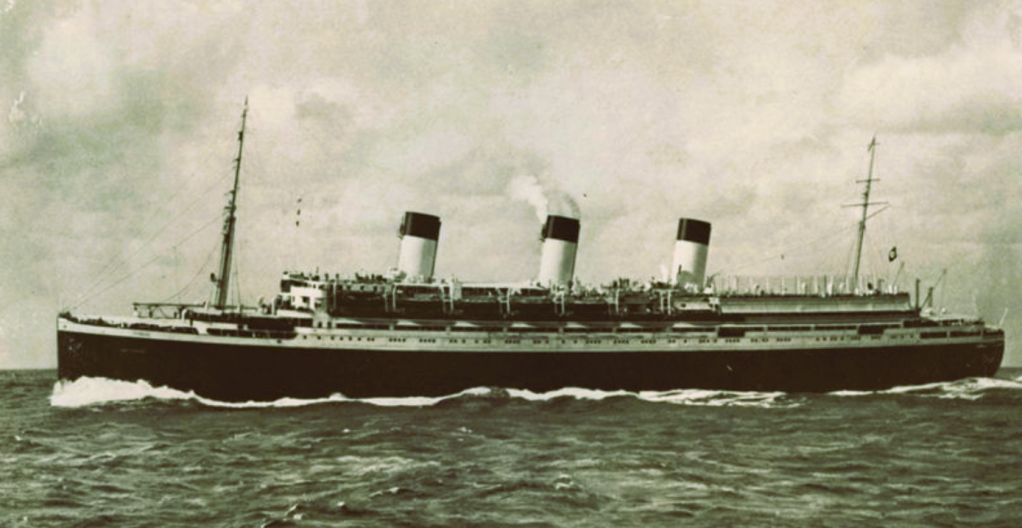
Nieuwlande is a village in the Netherlands, located in the province of Drenthe, known for its unique history during World War II. During the Nazi occupation of the Netherlands, Nieuwlande became a safe haven for Jews and others. The villagers, predominantly farmers, worked together to hide Jewish families and individuals, saving them from persecution and deportation to concentration camps. This act of resistance and compassion is known as the Nieuwlande Experiment, and it stands as a testament to the courage and humanity of the people who lived there. Today, Nieuwlande is remembered for its remarkable role during the war, and there are monuments and memorials in the village to honor the bravery of its inhabitants.
Unlike other forms of resistance, which often involved armed struggle or sabotage, the Nieuwlande Experiment was a non-violent, highly effective form of resistance. The villagers risked their own lives and livelihoods to offer sanctuary to those fleeing the horrors of the Holocaust. They provided hiding places, food, and support, all while living under the constant threat of discovery by the Nazis.
Because of this unique, collective relief action, on April 11, 1985, the entire population of Nieuwelande was presented with an honorary certificate from the Israeli institute Yad Vashem by the Israeli ambassador Yaacov Nechushtan. Johannes Post was the driving force behind the resistance in Nieuwlande. He was born on October 4, 1906, in Hollandscheveld near Hoogeveen. During the occupation, he abandoned his prosperous agricultural business in Oosterhesselen (Drenthe) to devote himself entirely to resistance work. He played an important role, especially in the national Fighting Squads. Post was the leader of the KP(fighting squad) in the north of the Netherlands and undertook many sabotage actions and robberies of distribution offices and prisons. On July 16, 1944, Post was shot in the dunes near Bloemendaal. The prominent resistance fighter was buried at the Honorary Cemetery in Overveen. Unveiling The monument was unveiled in 1985.

Johannes Post was a Dutch resistance fighter during World War II, known for his leadership and bravery in resisting the Nazi occupation of the Netherlands. Born on October 4, 1906, in Hollandscheveld, Netherlands, Post was a devout Christian and a schoolteacher by profession.
Post became involved in the resistance movement early in the war, joining the group, “De Gereformeerde Kerken,” affiliated with the Dutch Reformed Church. He later became a prominent member of the resistance organization known as the Knokploegen, or “Fighting Groups,” in the Drenthe region.
Post and his resistance group were involved in various acts of sabotage against the German occupiers, including destroying railways, disrupting communication lines, and assisting in smuggling Jews and downed Allied pilots to safety. They also collected intelligence and distributed underground newspapers to counter Nazi propaganda.
In addition to his activities in the resistance, Post played a key role in the Nieuwlande Experiment, helping to organize the hiding and protection of Jews in the village of Nieuwlande, where he lived.
Post’s resistance activities eventually led to his arrest by the Gestapo in 1944. Despite being subjected to torture, he refused to divulge information about his comrades or the resistance network. On July 16, 1944, Johannes Post was executed by firing squad along with his brother, Marinus, and several other resistance members.
Post’s bravery and sacrifice have been remembered and honored in the Netherlands. He is regarded as a national hero for his role in the resistance against Nazi oppression.

Roffel, Willem & Ritske (Blaak) Willem Roffel, born in Odoorn, was the beadle of the strictly Calvinist Dutch Reformed church in Nieuwlande, Drenthe. Nieuwlande is renowned for the large number of Jews hidden there during the war, among them two youngsters known as Peter and Herman (but actually named Isidore Joseph Davids and Lou Gans). Peter and Herman were training to be graphic artists and they were both talented draftsmen. While in hiding, they made themselves useful by falsifying identity cards and food coupons. They also wrote De Duikelaar, a satirical illegal weekly publication. In addition to these activities, Peter and Herman designed cartoon postcards to be sold to Resistance sympathizers, with the proceeds being donated to the Resistance. In October 1943, Nieuwlande was subjected to regular house searches, thus, the boys’ hiding place became unsafe. They moved the handouts to a safe hideout, dug out under the church’s pulpit. In this hideout, they set up their drafting tables, and a printing press and continued their work by candlelight. Willem Roffel and his wife, Ritske, also born in Odoorn, were the only people who knew about the hiding place and supplied Peter and Herman with food and other necessities daily. Willem and Ritske also distributed the fugitives’ publications and forged documents from the hideout. Peter and Herman hid in the dugout for nine months. One night in December 1944, the Germans carried out a house search. They forcibly took Willem to the church and ordered him to show them the hiding place. By this time, the boys were no longer there. On June 9, 1983, Yad Vashem recognized Willem Roffel and his wife, Ritske Roffel-Blaak, as Righteous Among the Nations.

It was certainly not the case that the entire village helped people in hiding en masse. That turns out to be a myth that was/is maintained consciously or subconsciously by some people. In short, this is because until recently the village was far too lowly estimated during the war in terms of the number of houses and inhabitants, plus the many hiding activities in surrounding villages were also wrongly attributed to the statistics that have been attributed to this village. This creates very skewed proportions and it seems as if almost every farm in this village must have had people in hiding, which is certainly not the case.
It is people like this though that make me proud to be Dutch, because many other Dutch, collaborated with the Nazis or turned a blind eye.
Sources
https://collections.yadvashem.org/en/search-results/Nieuwlande?page=1#relevant
https://www.drentheindeoorlog.nl/?aid=400
https://www.plaatsengids.nl/nieuwlande
https://www.liberationroute.com/pl/pois/1552/the-silent-village-that-has-much-to-tell

Donation
I am passionate about my site and I know you all like reading my blogs. I have been doing this at no cost and will continue to do so. All I ask is for a voluntary donation of $2, however if you are not in a position to do so I can fully understand, maybe next time then. Thank you. To donate click on the credit/debit card icon of the card you will use. If you want to donate more then $2 just add a higher number in the box left from the PayPal link. Many thanks.
$2.00




















































You must be logged in to post a comment.